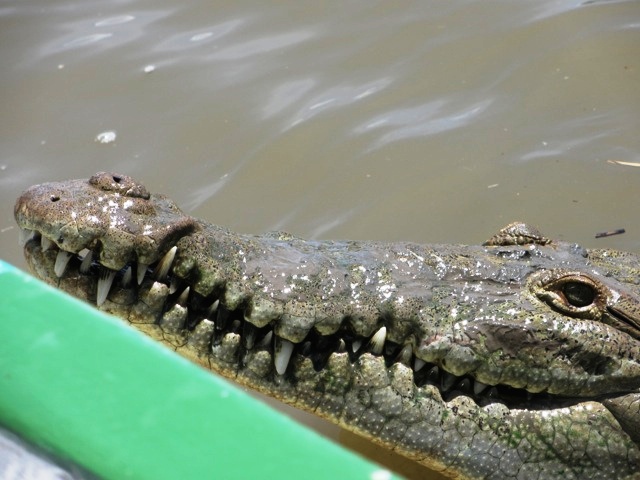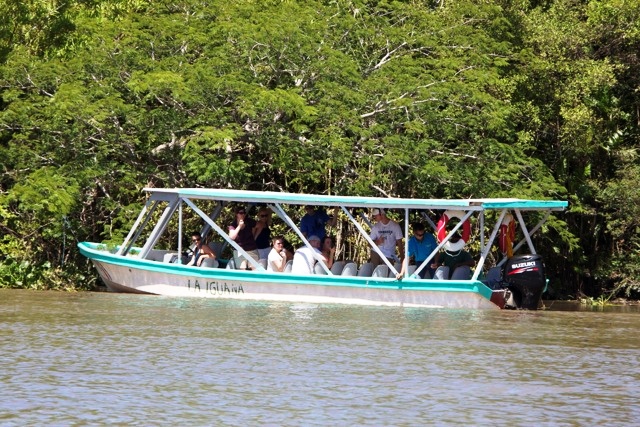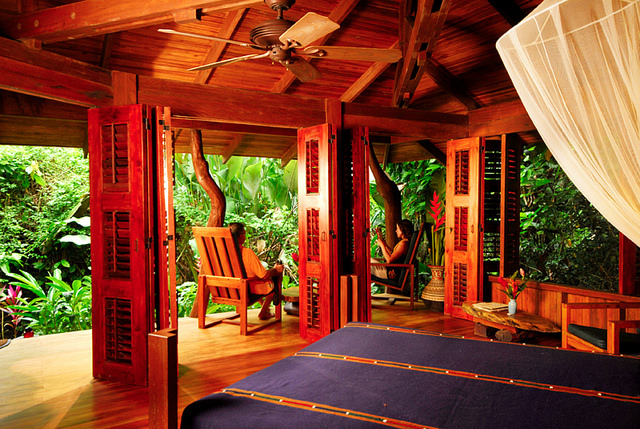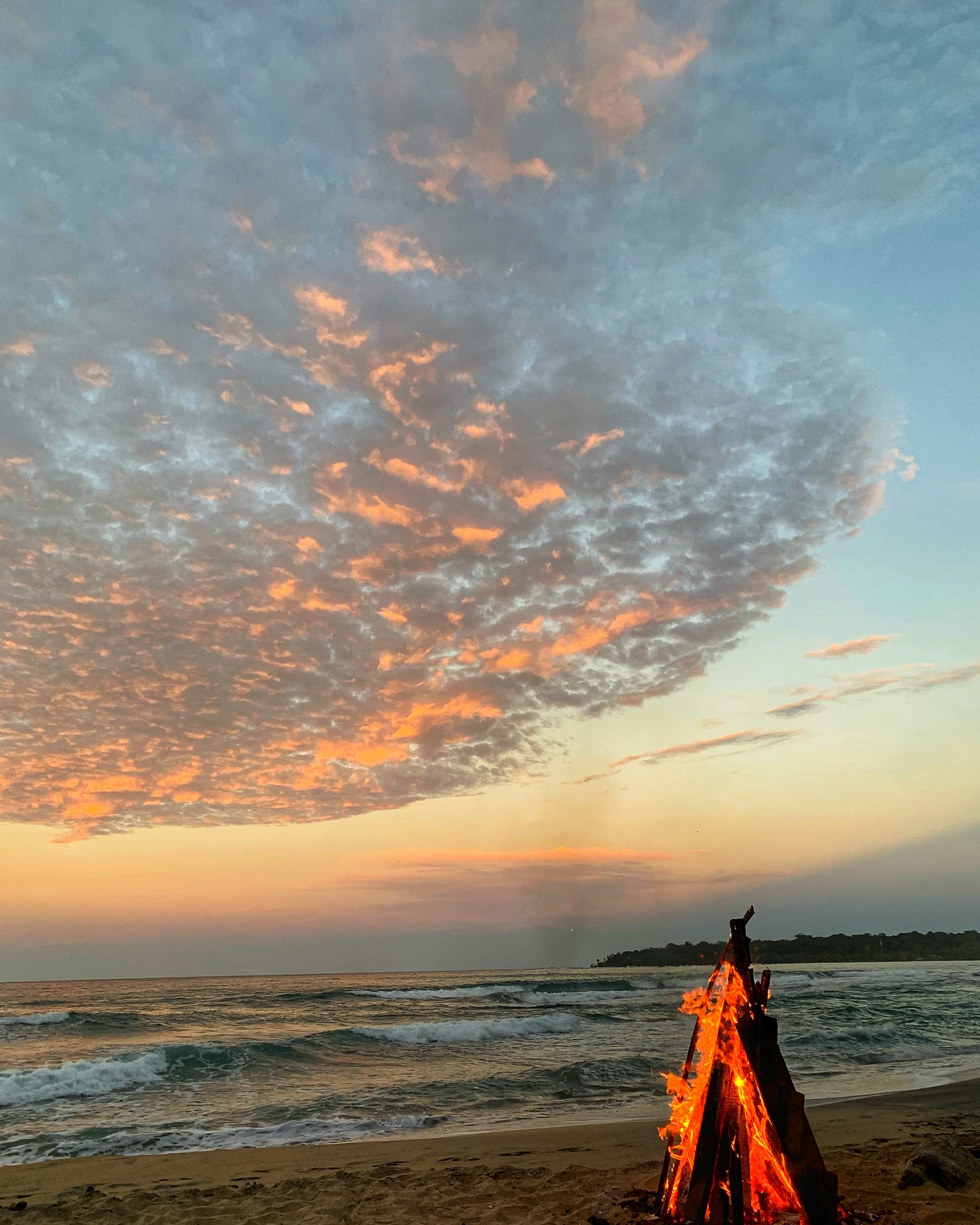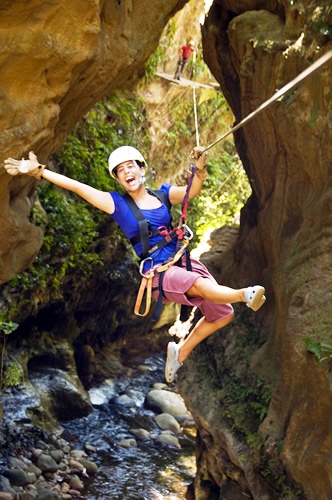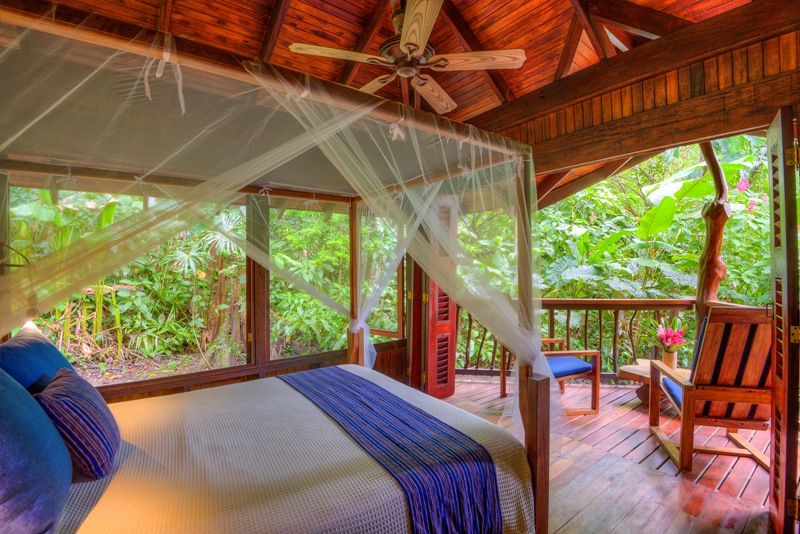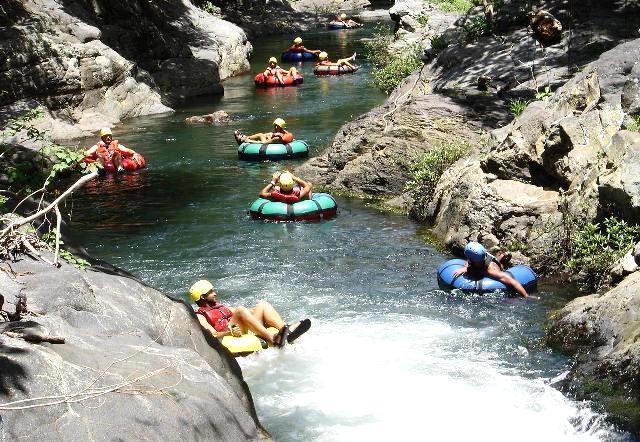Kayaking (or boating) through the Tamarindo Wildlife Refuge in Guanacaste, Costa Rica, is an exciting experience. You never know what animal or bird you’ll suddenly come upon next. Maybe a snowy white egret. Maybe a giant, toothy American Crocodile. Maybe a curious howler monkey lazily lounging in a tree.
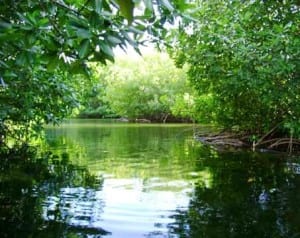 The refuge spans 953 acres and is located between the Guanacaste surf town of Tamarindo and Playa Grande, which is part of the Las Baulas National Marine Park, one of the largest Leatherback turtle nesting sites in the world.
The refuge spans 953 acres and is located between the Guanacaste surf town of Tamarindo and Playa Grande, which is part of the Las Baulas National Marine Park, one of the largest Leatherback turtle nesting sites in the world.
The Tamarindo Wildlife Refuge protects the saltwater mangrove forest of the Tamarindo Estuary and the mouth of the Matapalo River, and is an important gateway to these sea turtle nesting beaches. Every year, between October and March, hundreds of Leatherback, Pacific Green, Hawksbill and Olive Ridley sea turtles come ashore to lay their eggs.
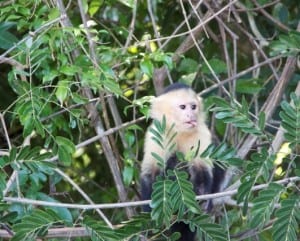 The Tamarindo Estuary’s winding canals are filled with birds like ospreys, herons, white ibis, kingfishers and egrets, along with American Crocodiles, basilisk lizards, howler monkeys, white-faced Capuchin monkeys, and coatis. There are five species of mangrove trees creating this unique habitat.
The Tamarindo Estuary’s winding canals are filled with birds like ospreys, herons, white ibis, kingfishers and egrets, along with American Crocodiles, basilisk lizards, howler monkeys, white-faced Capuchin monkeys, and coatis. There are five species of mangrove trees creating this unique habitat.
The remarkable Tamarindo Wildlife Refuge is an easy 90-minute drive up the coast from L’acqua Viva Resort & Spa at Playa Guiones by Nosara. Hotel reception staff can help you with directions, transportation and tours of the Tamarindo Wildlife Refuge, 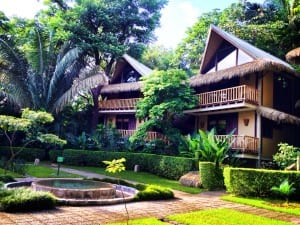 along with adventure and nature tours in Nosara. The Ostional National Wildlife Refuge is another top place to visit, famous for the masses of Olive Ridley sea turtles that come here to lay their eggs from July to December.
along with adventure and nature tours in Nosara. The Ostional National Wildlife Refuge is another top place to visit, famous for the masses of Olive Ridley sea turtles that come here to lay their eggs from July to December.
Playa Guiones at Nosara is renowned for some of the best surfing in Costa Rica and was recommended as a best place to go in 2014. Playa Guiones is also home to the famous Nosara Yoga Institute.
One of the finest luxury hotels in Costa Rica, L’acqua Viva is offering special low season rates from Sept. 1 to Dec. 15, 2014.
Article by Shannon Farley
Related articles



